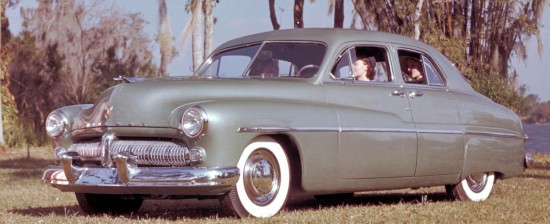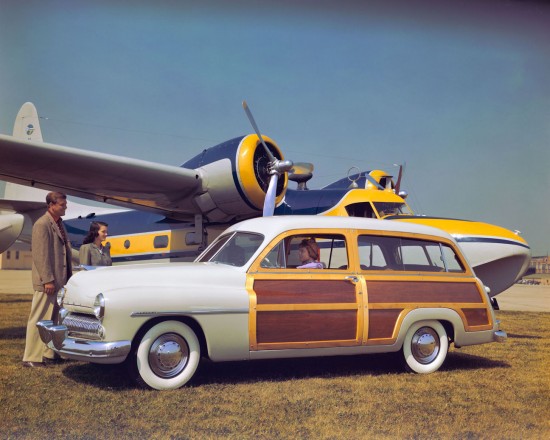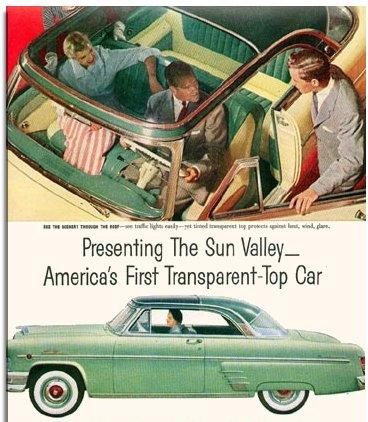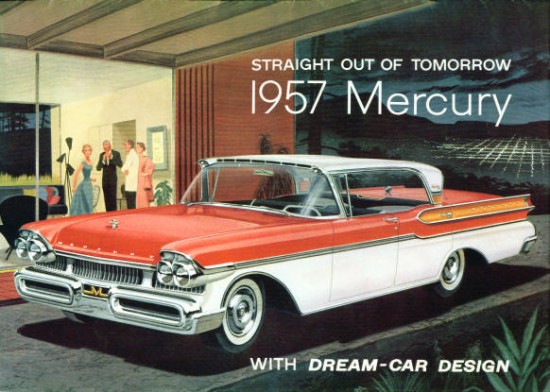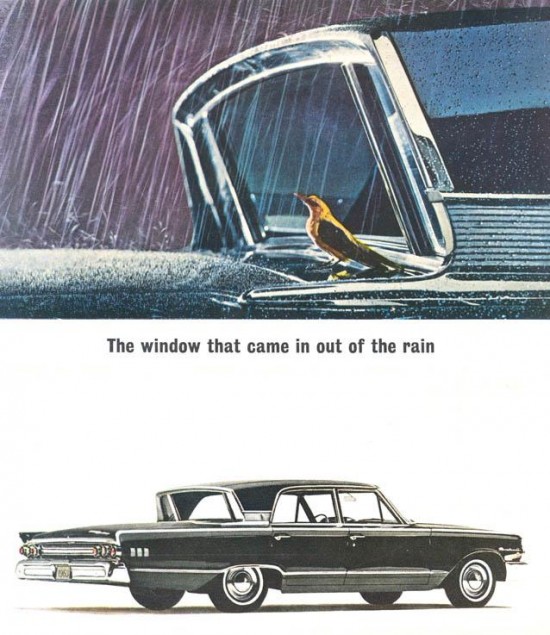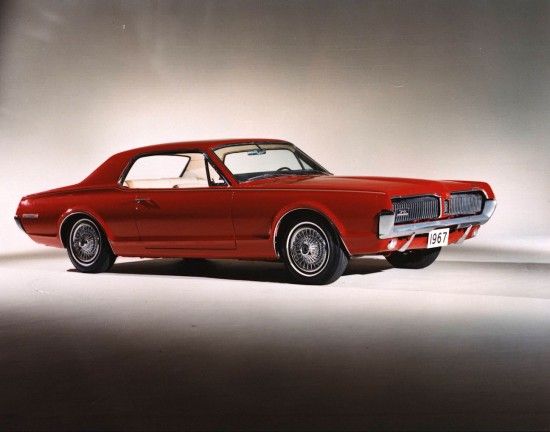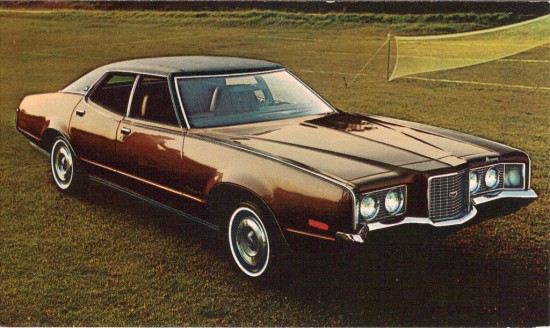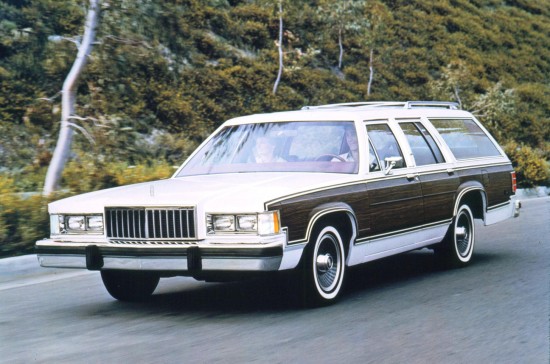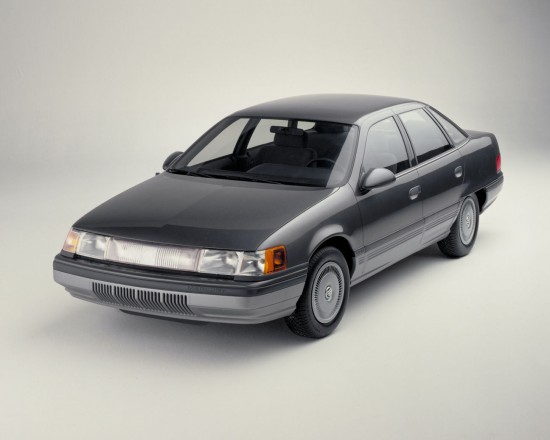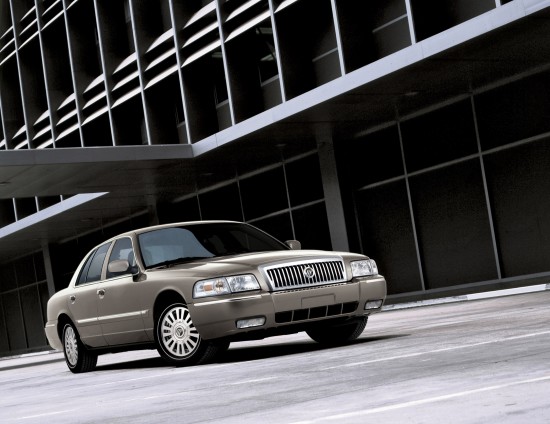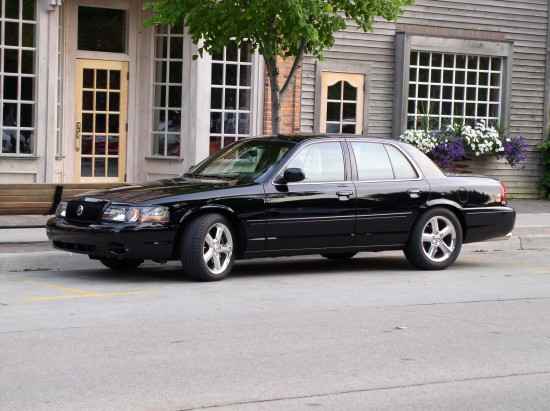The Best of Mercury
The demise of Mercury has had the auto world considering what went wrong with Ford’s mid-priced brand. While we recently shared our suggestions on which vehicles most contributed to Mercury’s demise, there were plenty of vehicles in the brand’s history that are worth celebrating. Never having owned a Mercury, one of my earliest tastes of automotive freedom was experienced from the passenger seat of a ’76 Montego that my high school buddy drove. The car had a power dome hood that stretched a good six feet ahead of the windshield, a one piece bench seat, AM radio, and the requisite full vinyl top – complete with opera windows. Though ragged and worn, that behemoth was our transportation many a Saturday night out with the guys. That Mercury dripped character from chromed bumper to chromed bumper. Like the Montego, Mercury produced several memorable cars over the years. Had Ford produced more vehicles like these, perhaps Mercury’s fate would have been different. Here is our list of some good old favorites.
1949 Mercury – Coupes, sedans, and wagons were all great looking and loved by the hot-rod crowd. Their look was long and sleek with stealthy proportions. The sedans were of the last mainstream cars to feature old-school suicide doors, but did so while still looking thoroughly modern. The two-door wagons, though limited in utility were abount the last to feature real exterior wood (though not structural) and have long been loved by beach bums and classic car collectors alike.
1954-55 Sun Valley – Similar to the Ford Crown Victoria Skyliner, the Plexiglas roof on the Sun Valley may have cast a green tint over the interior and let in excessive heat in the days before air conditioning was common, but it sure looked nifty and gave the passengers a nice view of the sky – rain or shine.
1957 Mercury Turnpike Cruiser – Originally displayed as a wild rocket-ship styled show car, the production car carried many of the same themes. Over the top and exaggerated, the car let owners dream of space travel and featured such features as a compound curved windshield, quad headlights, and antennae that protruded from the corners of the top of the windshield. And better yet, it appeared entirely unique from its Ford siblings.
1960’s Breezeway sedans – A reverse slant to the rear window allowed for the rear glass to retract like the window on a station wagon. This gave the big Mercury a distinctly formal roofline, one that would later inspire the upright rear glass on the last two generations of rear-wheel drive Cougars. The reverse slant to the roof also provided for an incredibly long decklid that gave the car a Lincoln-like presence. Medium priced car buyers received a lot of style and class for their dollar.
1967 Cougar – In the days before the model became an overstuffed Thunderbird twin, the Cougar was a larger and more premium variation of the Mustang. This car succeeded in creating its own personality and distinction with handsome styling and hidden headlamps. With the Cougar, Mercury had created a mature pony car. Perhaps automotive maturity had never before looked this good!
1968-1976 Montego – Few remember that this badge was used on Mercury’s mid-size sedan during the late-sixties and mid-seventies before it was placed on Mercury’s version of the 2006 Five Hundred sedan. This car offered all the style and class of the (eventually) nearly identical Cougar, but at a lower price. The Montego was doomed when Ford started selling the Elite, which shared all of the Montego’s body panels. Then Ford downsized the T-bird by sharing the Montego platform. That same year the marketers decided to brand all mid-size Mercury’s as Cougars. ‘Tis a shame, as the T-bird doubtlessly gobbled up sales that once belonged to the Montego, while the Cougar name was pushed down market.
1979-1991 Colony Park – The Colony Park name has been forgotten in today’s world of SUVs, crossovers, and minivans. This was Mercury’s last big wagon before the Sable picked up the torch as Mercury’s lone wagon offering. The Colony Park had all the class of the Grand Marquis sedan with the addition of available wood grain and center facing rear seats in the cargo area. This cargo area was accessed by Ford’s innovative duo-door which could be folded flat like a tailgate or opened to the side like a conventional door. After the Colony Park’s demise, Mercury buyers would have to settle for the much plainer Villager, Monterey or Mountaineer if they wanted seating and cargo capacity of this size.
1986-91 Sable – No, this is not a particularly exciting car by today’s standards. However, it did capture the attention and imagination of the auto industry during a time where Chrysler was cranking out boxy K-cars, GM was lopping inches upon inches of length off its full-size cars (and every sense of style with them), and the Japanese still were building cars that looked like toasters on wheels. The full-width cyclops headlight didn’t light up in the first model year, but sure looked futuristic along with the flush glass that wrapped around the C and D pillars. Family cars hadn’t captured this sort of attention since the 1950s.
1992-2010 Grand Marquis – Basically a thorough re-skin of the 1979 vintage full-size Panther platform sedan, the Grand Marquis soldiered on year after year (after year after year…) with several ambiguous face lifts. While never as powerful or efficient as its large car competition – namely the Buick Roadmaster – it survived for a whopping 14 model years after that car’s short 6 model year run. Often criticized for being a Ford Crown Victoria clone, this wasn’t entirely true. Though it always shared much of its interior with the ‘Vic, the car had its own roof line and exterior styling until the Ford adopted the Mercury’s rear stampings. Comfortable and classy, it earned a loyal following as a highway cruiser and is possibly the biggest reason to mourn Mercury’s passing. The phrase “they don’t build them like they used to” will finally ring true when they stop building this delightfully old-school sedan.
2003-2006 Marauder – True, the Grand Marquis is already on this list, but the Marauder was a way for the young – and young-at-heart – to drive a big body-on-frame car without looking stodgy. It wasn’t fast, considering its 300+ hp rating, but looked the part, which is all that really mattered. Even with the gaudy chrome rims, this car is on Editor Muxlow’s personal wish list, possibly due to envy of the ’96 Impala SS parked in this author’s driveway. Regardless, it is unfortunate that a mere 11,052 of these cars rolled off the assembly line. Though offered in Dark Pearl Blue, Silver Birch, and Dark Toreador Red, the vast majority were painted in old Henry’s classic black. Mercury toyed with a convertible concept Marauder in 2002, but alas, production would be limited to the attractive sedan. The Marauder was perhaps Mercury’s last truly desireable car.
